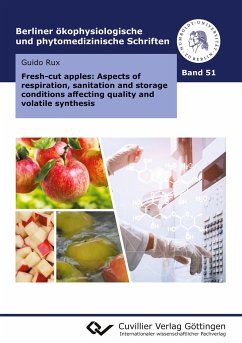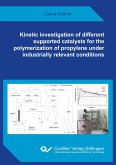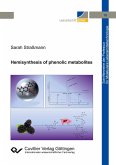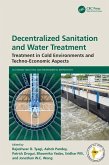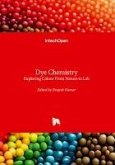Fresh-cut apples show a short shelf life. Microbial loads, rapid tissue browning, and loss of texture and flavour limit their customers¿ acceptability. Therefore, postharvest storage in sugar-syrup or suitable fruit juice solutions are common practices to extend shelf life. However, knowledge on the effects of these applications on the produce are sketchy. Nevertheless, adequate and gentle sanitation is essential, and short-term hot-water treatment (sHWT) may be an effective method to reduce microbial contaminations. For fruit salad production, however, sHWT needs to be optimised. Objective of this thesis was the evaluation of the effects of complete immersion of fresh-cut apple slices in sugar solution or orange juice on quality attributes and physiology. This thesis analysed the potential synergistic interactive effects caused by sugar syrup immersion of apple slices and reduced O2 availability on the emissions of volatile organic compounds. In addition, the potential implications of sHWT in the temperature range of 55¿65 °C on quality attributes, fruit aroma and product physiology of immersed fresh-cut apple slices were investigated.
Hinweis: Dieser Artikel kann nur an eine deutsche Lieferadresse ausgeliefert werden.
Hinweis: Dieser Artikel kann nur an eine deutsche Lieferadresse ausgeliefert werden.

